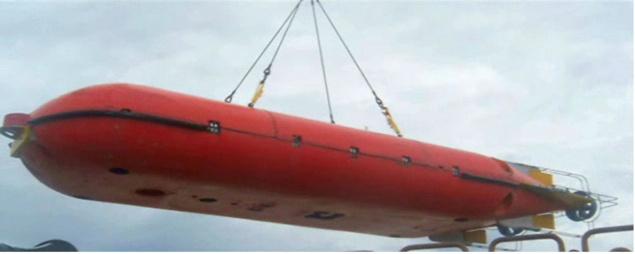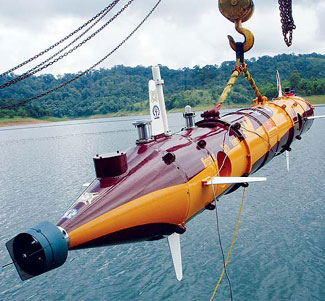acetophenol
SENIOR MEMBER

- Joined
- Feb 17, 2011
- Messages
- 7,006
- Reaction score
- 6
- Country
- Location
Light Weight ESM For Helicopters

Light Weight ESM For Small Aircrafts

Airborne Maritime ESM For Aircrafts

Shilka Upgrade (BEML)


Light Weight ESM For Small Aircrafts

Airborne Maritime ESM For Aircrafts

Shilka Upgrade (BEML)

Last edited:




































